Remove .Ppam Extension Virus Ransomware from Internet Explorer
Errors generated by .Ppam Extension Virus Ransomware 0x00000067, 0x80240FFF WU_E_UNEXPECTED An operation failed due to reasons not covered by another error code., 0x000000C4, 0x00000043, 0x00000007, 0x00000115, 0x0000003D, 0x80240001 WU_E_NO_SERVICE Windows Update Agent was unable to provide the service., 0x0000006D, 0x00000085, Error 0xC1900202 - 0x20008Easy Steps To Delete .Ppam Extension Virus Ransomware From Infected Windows System
.Ppam Extension Virus Ransomware is deemed as Windows System malware which is programmed to destroy your data and other important documents stored on Windows System. This type of malware enter your Windows System in many ways. It generally employs deceptive methods to enter the Windows System like spam emails, infected media devices, peer to peer file sharing, free downloads and so on. .Ppam Extension Virus Ransomware once installed on your Windows System, starts it execution automatically. You will not be able to know that virus has attacked your Windows System because it silently enters your Windows System.
After invading your Windows System, it can make your files and other documents inaccessible. It can make your Windows System slow and sluggish. Applications or programs may freeze or hang. Therefore, it is very important to Delete this malware if you find it on your Windows System.
Part 1 : Steps To Open Your Windows System In Safe Mode
Part 2 : Delete .Ppam Extension Virus Ransomware From Internet Explorer
Part 3 : Delete .Ppam Extension Virus Ransomware From Task Manager
Part 4 : Delete .Ppam Extension Virus Ransomware From Registry Entry
Part 5 : Delete .Ppam Extension Virus Ransomware From Control Panel
Complete Deletion Guide For .Ppam Extension Virus Ransomware From Windows System
Part 1 : Steps To Open Your Windows System In Safe Mode
In Windows XP/Vista/7 :
- Goto Start menu - > Restart button.
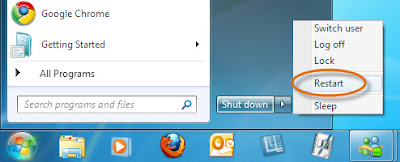
- Continue to press F8 button when your Windows System starts booting-up.
- Here, you will find Advance boot menu window on your Windows System screen.
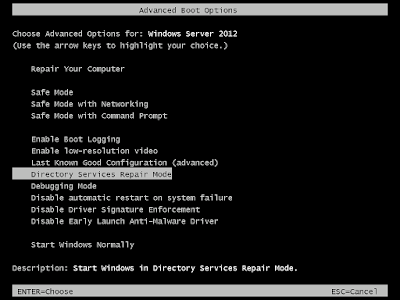
- Select Safe Mode With Networking Option and hit Enter key.
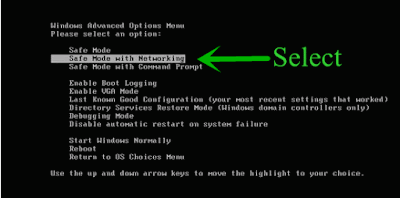
In Windows 8/10 :
- Click on Start menu press Shift key and click on Restart button.
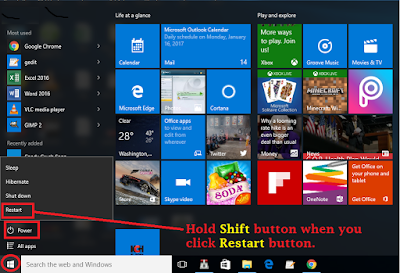
- Select Troubleshoot option -> Advanced.
- Click on Startup Settings.

- Select Enable Safe Mode option.
- Click Restart button.
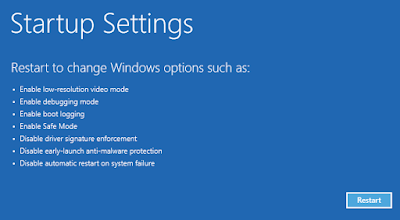
- Press F5 button to use Safe Mode With Networking option.

Part 2 : Delete .Ppam Extension Virus Ransomware From Internet Explorer
Delete .Ppam Extension Virus Ransomware From Internet Explorer
- You can click on gear icon present at the right-top corner of the browser to open menu.
- Click on Manage Add-ons.
- Select Toolbars and Extensions tab..
- Select unwanted add-ons particularly related to .Ppam Extension Virus Ransomware.
- Click on Disable button.
- Click on More information button.
- At last, click on Delete button to finally Delete the virus.
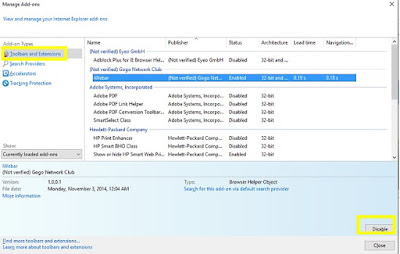
Delete .Ppam Extension Virus Ransomware From Mozilla Firefox
- Launch Mozilla Firefox browser on your Windows System.
- Click on Menu button at the top right corner of the browser.
- Click Add-ons.
- Goto Add-ons Manager tab.
- In the Add-ons Manager tab, select Extensions or Appearance panel.
- Select .Ppam Extension Virus Ransomware add-ons you want to Delete.
- Click the Delete button and restart your Windows System if any pop up asks you to restart.
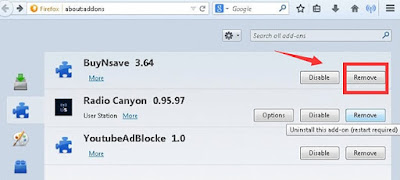
Delete .Ppam Extension Virus Ransomware From Google Chrome
- Click on gear icon present at the top right corner of the window to open Chrome menu.
- Click on the Tools option - > Extension tab.
- Locate unwanted extensions related to .Ppam Extension Virus Ransomware.
- At last, click on trash bin icon to Delete .Ppam Extension Virus Ransomware.
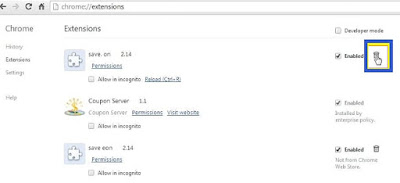
Delete .Ppam Extension Virus Ransomware From Microsoft Edge
- Click on More (...) icon at the top right corner and goto Settings option.

- Here, click on A specific page or pages option under the Open with option.
- Select Custom and enter URL which you want to set as your browser's default homepage.
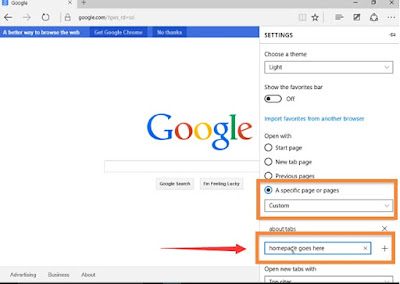
Part 3 : Delete .Ppam Extension Virus Ransomware From Task Manager
- Press ALT+Ctrl+Del keys simultaneously.
- Select and click on Task manager option.
- Locate out unwanted process.
- Click on End Task button.

Part 4 : Delete .Ppam Extension Virus Ransomware From Registry Entry
- Press Win + R keys altogether to open run dialog box.

- Type regedit in the dialog box.
- Press OK button.
- Select and Delete entries related to .Ppam Extension Virus Ransomware.
HKEY_LOCAL_MACHINESYSTEMCurrentControlSetServicesWpm
HKEY_CURRENT_USERSoftwareMicrosoftInternet ExplorerMain “Default_Page_URL”
HKEY_LOCAL_Machine\Software\Classes.Ppam Extension Virus Ransomware
HKEY_CURRENT_USER\Software\Microsoft\Windows\CurrentVersion\Run “.exe”
HKCU\Software\Microsoft\Windows\CurrentVersion\Internet Settings\random
HKEY_LOCAL_MACHINE\SOFTWARE\Microsoft\Windows\CurrentVersion\run\random
HKEY_CURRENT_USER\Software\Microsoft\Windows\CurrentVersion\Internet Settings “CertificateRevocation” = ’0
Part 5 : Delete .Ppam Extension Virus Ransomware From Control Panel
Delete .Ppam Extension Virus Ransomware From Windows XP
- Click on Start icon. A list will be appeared.
- Click on Control Panel.

- Click on Add or Delete programs option.

- Select and Delete unwanted programs running on your Windows System.
Delete .Ppam Extension Virus Ransomware From Windows 7
- Click on Start button.
- Click on Control Panel present in start menu.
- Click on Uninstall a Program.

- Then, Delete malicious programs running in your Windows System.

Delete .Ppam Extension Virus Ransomware From Windows 8
- Press Win+R button simultaneously to open Run dialog box.
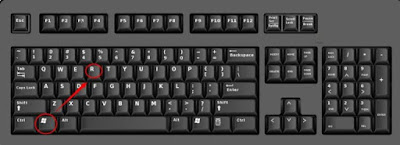
- Type control panel in Run dialog box.
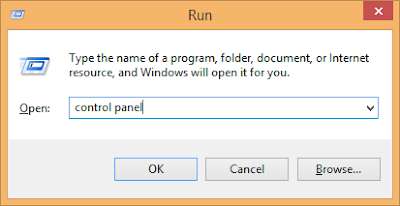
- Press Enter key to open Control Panel window.
- Click on Uninstall a Program.
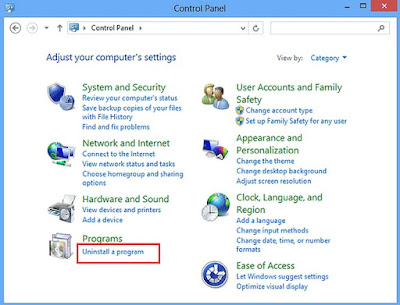
- Right-click on .Ppam Extension Virus Ransomware and its related programs.
- Click on Uninstall.
Delete .Ppam Extension Virus Ransomware From Windows 10
- Click on Start button and choose Settings option.
- Click on System option -> Apps and Features.

- Under Apps and Features tab, locate undesirable program.
- Click on Uninstall button.
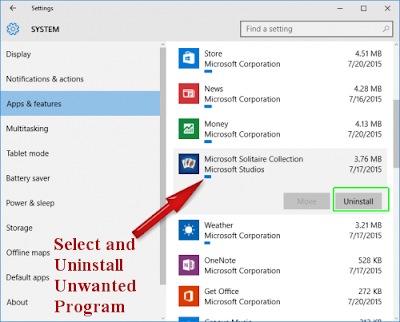

No comments:
Post a Comment